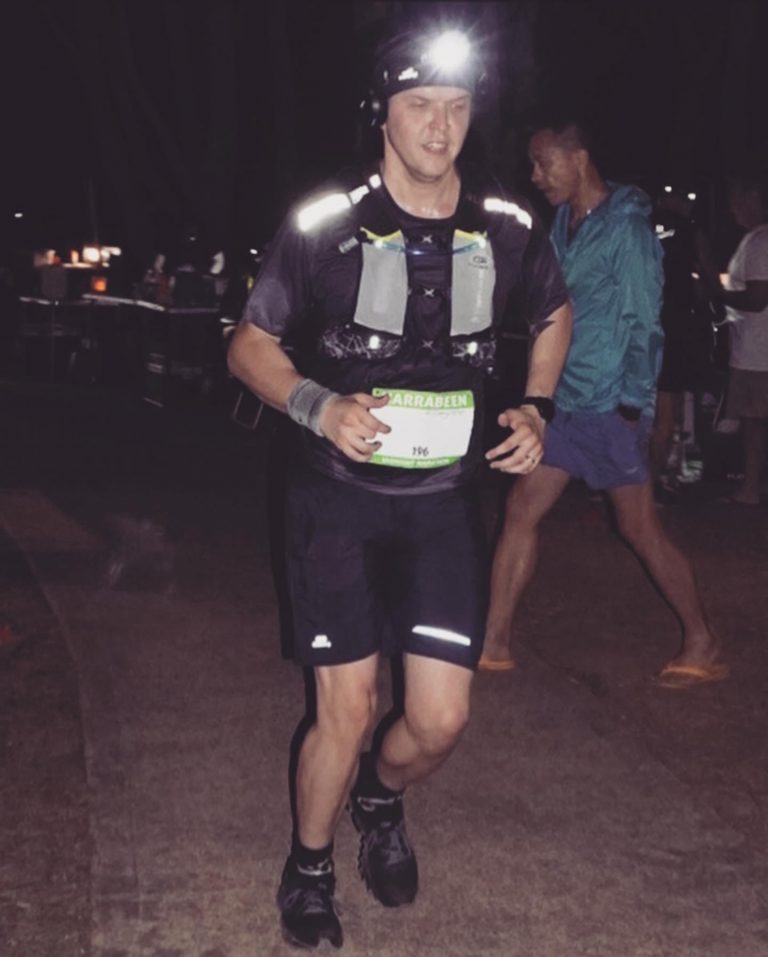Running shoes are expensive, especially if you want them to last longer. Unfortunately, they also tend to hurt your feet after a while. Why does running cause pain? What should you look out for?
Running is a great way to improve your fitness, but it can also be painful if you don’t take care of your feet. The impact from running causes friction between the shoe and your foot, causing blisters and other injuries.
When you run, your body has to push against the ground, putting pressure on your joints and muscles. This means that your feet get stretched and compressed, which can result in injuries.
What You Need to Know About Running Shoes
Before you rush out and buy shoes to hit the road, trail, or track, take a look at the things you need to consider before you purchase running shoes – they can make all the difference.
Get the Right Shoe Fit
Running shoes should be flexible, light, and supportive. They should also be impact-ready with cushioning and sturdy arch support. Shoe size is essential for comfort.
People who wear shoes that are too big for their size may experience discomfort. Alternatively, shoes that are too small may cause blisters. The Better Health Channel recommends that you leave at least 1 to 1½ centimeters at the end of the shoe.
Slowly Get Used to your Running Shoes
While running shoes don’t typically need to be broken in, they may take a bit of time to get used to, especially if they are a new brand or model. So wear them around the house, take long walks, and gradually increase the distance you walk each day. Start by walking about 10 minutes per day and work up to 30 minutes.
Do not wear them outside until you feel comfortable. Wear them only during the daytime; avoid wearing them at night. If you’re concerned about how your new shoes fit, talk to your doctor before starting an exercise program.
Rotate running shoes to reduce injuries
If you’ve been running for a while, you know that soreness can occur from time to time. This usually happens because your muscles are getting used to the stress of running. To prevent this, rotate your running shoes every few months. Change one out for another so that you aren’t putting all of your weight on one pair of shoes.
Three Basic Foot Types
There are different types of shoes designed for specific feet. You should be careful when buying shoes because you might get injured if you buy the wrong kind.
These foot types are:


Pronator
Runners with C-shaped heel cords and flat feet are called ‘heelers’. Heelers usually wear shoes with thick soles and high heels. Their toes point outward, they walk with a slight limp, and may also have a callus under their big toe.
Neutral
This foot type is called flat-footed or pes planus. Flat feet are common among people who walk barefoot or wear shoes without socks. People with flat feet tend to be more likely to develop arthritis later in life.
Supinator
A person who walks on the outside of their feet is called an ‘outside walker’. Their toes are usually flat, and there is a circular pattern around the bottom of each toe. This is caused by walking on the outside of your feet and called supination.
Your foot type can be determined by wetting your feet and walking over a paper towel, and seeing how much water you leave behind when walking. You should be able to see the pattern of your footprints on the paper towel or perhaps a tile floor.
How to Find Comfortable Running Shoes
When shopping for running shoes, look for these features:
- Supportive material: Look for shoes made of mesh, synthetic materials, or rubber.
- Stability: Make sure the shoe has good stability and does not slip easily.
- Flexibility: Choose a shoe that fits well and allows you to move freely.
- Comfort: Pay attention to the fit, cushioning, and breathable properties of the shoe.
- Fit: Your shoes should feel snug but not tight.
Frequently Asked Questions On Why Running Shoes Can Hurt Your Feet
If you still have a few questions about why your running shoes are hurting your feet or how to treat the pain, take a look at the answers to frequently asked questions below.
Moving around as early as possible after feeling any sort of discomfort will help soothe your feet. If you have been sitting for a long time, try standing up and putting gentle pressure on the arches. This will work even better if you can massage or stretch your feet while doing it.
You can also take a warm shower and let the water soothe your feet.
But suppose you have been having foot pain for a while now. It is best to seek professional help from a podiatrist specializing in diagnosing and treating injuries.
Unfortunately, there is no known way to prevent plantar fasciitis from coming back once it has already appeared. However, the good news is that it can be effectively treated by podiatrists who are trained in diagnosing the problem and prescribing the proper procedure to treat it.
If you are suffering from pain on the bottom of your feet, it is most likely plantar fasciitis. However, you need to watch out for other conditions associated with this problem. For example, if you also feel pain on the sides of your feet or around the ankle, then it might be compartment syndrome.
Conclusion
Fortunately, there are several things that you can do to prevent or at least lessen your chances of experiencing plantar fasciitis in the future. From wearing proper shoes to maintaining a healthy weight and stretching, they all work together to ensure your feet will always stay pain-free when running for miles.

Marko Rakic is a trail runner and fitness enthusiast from Sydney, Australia. He is the lead writer for The Ultimate Primate and believes the best way to live a happy life is through constantly challenging yourself.
